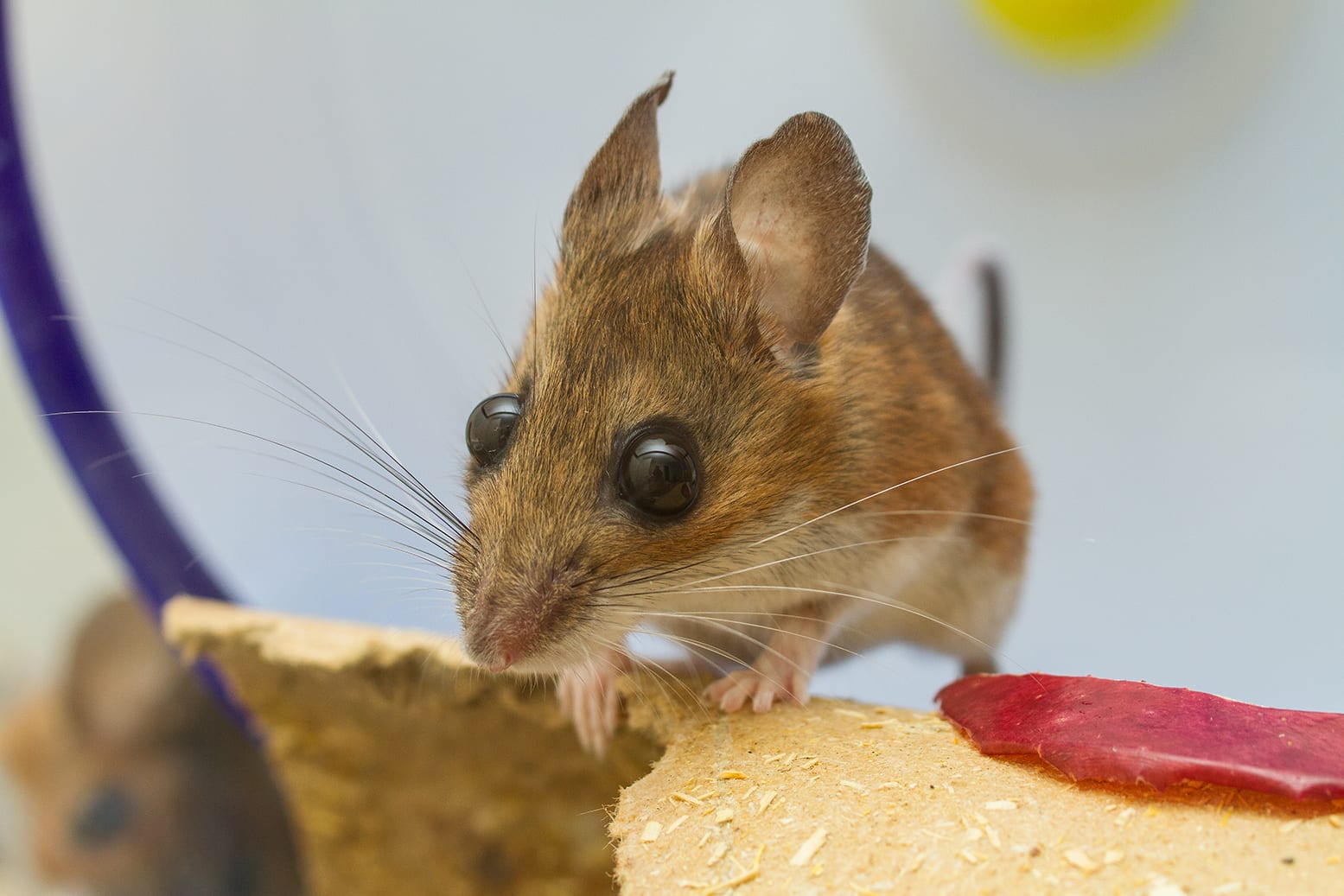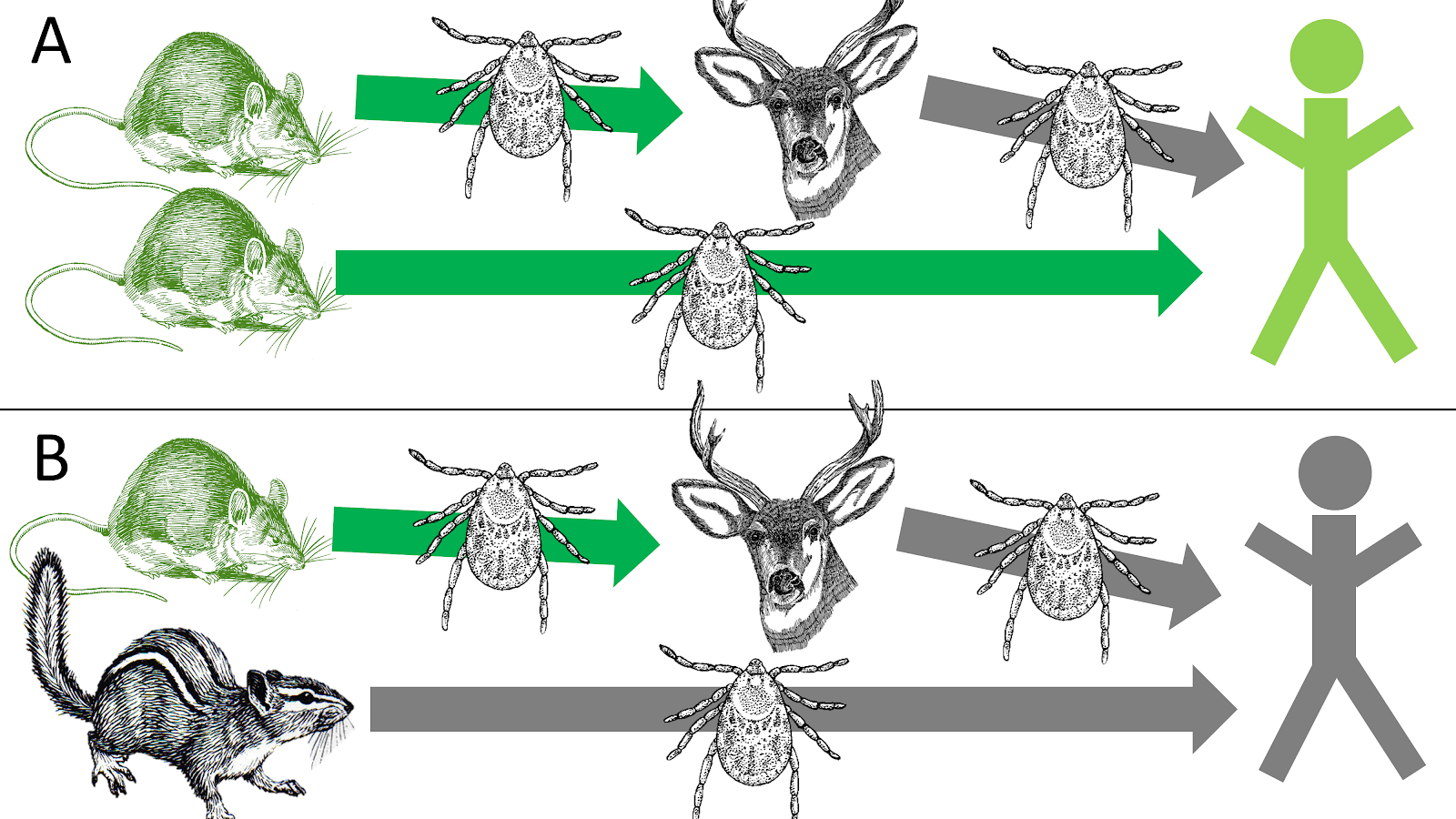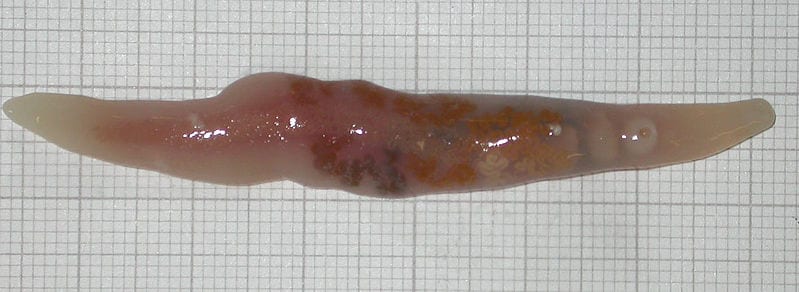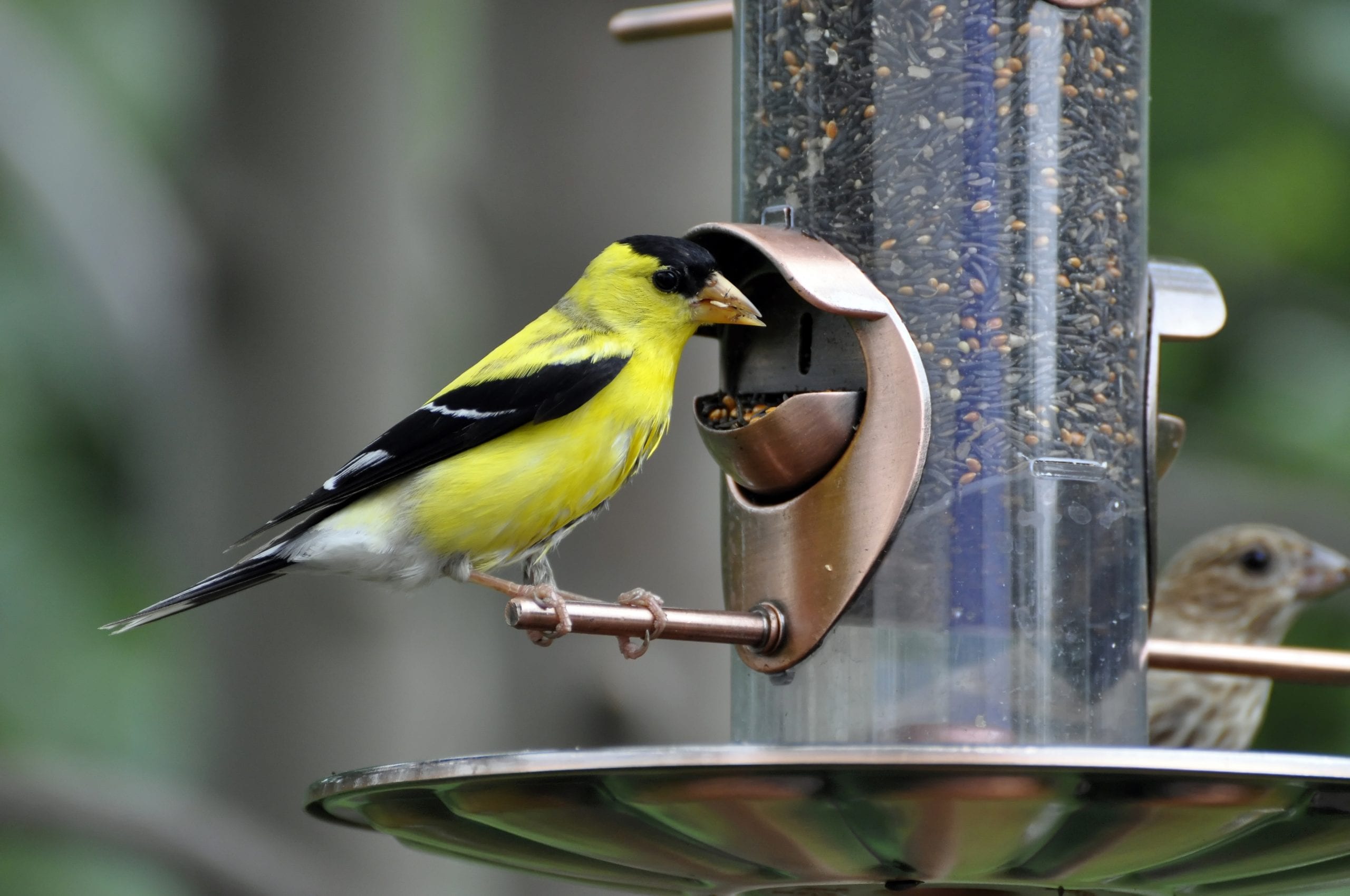For a long time, ecologists have asked: why are there so many species? How is it possible that there can be so many species of, for example, phytoplankton that exist at the same time? They all use the same resources, like light, carbon and nitrogen, and all are prey to the same types of animals, so what is responsible for maintaining this diversity? While there still isn't a concrete answer to this question, a much more pressing topic has come to light: why should we try to keep so many species around? With a quickly changing climate, humanity's ever increasing need for resources, and the skyrocketing number of extinctions, it makes sense to wonder if it's really worth all the time, and money, to conserve biodiversity.

Biodiversity is defined as the number of different species that occupy a given area. Many arguments have been thrown around regarding the importance of preserving biodiversity. Some say that biodiversity will increase ecological resilience to climate change – the larger the number of different species that exist, the greater the number of niches that can be filled in a changing climate. Others say exploring nature and marveling at the array of life forms helps heal the mind and body. One of the most controversial arguments, however, is the idea that biodiversity can actually protect against disease outbreaks. This theory is called the dilution effect – and it has ruffled some feathers in the disease ecology community.
A paper by Schmidt and Ostfield (2001) coined the term the “dilution effectâ€. They looked at the prevalence of Lyme disease across different sites in New York State and found that the level of Lyme disease in collected ticks was dramatically lower than expected when many host species were present. The authors concluded that increasing the number of species, especially those that decreased the abundance of Lyme disease's preferred host (white-footed mice) would help reduce the amount of disease present in this system. This work was heralded as a strong, compelling reason to protect global biodiversity.
However, other scientists took a closer look at the history of the disease, and found evidence for the opposite, which was termed the amplification effect. During the early 1970's, Lyme disease started to spread like wildfire, topping out at today's 300,000 people infected every year in the United states alone. The cause of this sudden increase is thought to be due to the restoration of our nation's forests and wilderness. When forests started recovering, they created more habitat for white-footed mice, and thus more cases of Lyme disease.

Out came the boxing gloves with a flurry of scientific articles with titles like: “Pangloss revisited: a critique of the dilution effect and the biodviersity-buffers-disease paradigmâ€, “A Candide response to Panglossian accusations by Randolph and Dobson: biodiversity buffers disease†and “Straw men don't get Lyme diseaseâ€. Still today, articles are published supporting or refuting the dilution effect and rebuttals are distributed with equal fervor and venom. A recent article points out that places in the world with the highest biodiversity are the same places that are burdened with the most diseases, and rather, urbanization, a process specifically linked with declines in the number of species, helps to protect people from disease.

The answer to whether biodiversity helps or hinders the fight against infectious disease seems, like most things in life, to be complicated. It's my personal belief that what the species are probably matters more than the absolute number of species itself. For example, the relative abundance of white-footed mice are going to matter more to Lyme's disease transmission than the absolute number of bird species in the area. There are a lot of good reasons to conserve biodiversity, ranging from personal morals and concepts of natural beauty to maintaining ecosystem function in the face of climate change, but it's still unclear if protecting against infectious disease is one of them.
For more information about Lyme disease, check out the CDC's website on Lyme disease. If you're curious about the dilution effect debates, or many other disease ecology topics, check out the parasite ecology blog.
Additional image credit: chipmunk, mouse and tick by Pearson Scott Foresman via Wikimedia Commons. Deer by Tom Kelley, U.S. Fish and Wildlife Service via Wikimedia Commons. Licensed under Creative Commons Attribution- Share Alike 3.0 Unported. Feautred image: Lyme Disease Bacteria, Borrelia burgdorferi via Wikimedia commons licensed under CC BY 2.0
About the Author
Megan Tomamichel is a PhD student in the Odum School of Ecology at the University of Georgia. She studies aquatic disease ecology and is working to understand the causes of deadly disease outbreaks that threaten the world's fisheries. Her favorite past times are aquarium building, hiking, drinking too much coffee and dreaming up names for future pets. You can reach her at Megan.Tomamichel@uga.edu
- Megan Tomamichelhttps://athensscienceobserver.com/author/megan-tomamichel/November 30, 2021
- Megan Tomamichelhttps://athensscienceobserver.com/author/megan-tomamichel/October 29, 2020
- Megan Tomamichelhttps://athensscienceobserver.com/author/megan-tomamichel/November 18, 2019
- Megan Tomamichelhttps://athensscienceobserver.com/author/megan-tomamichel/








